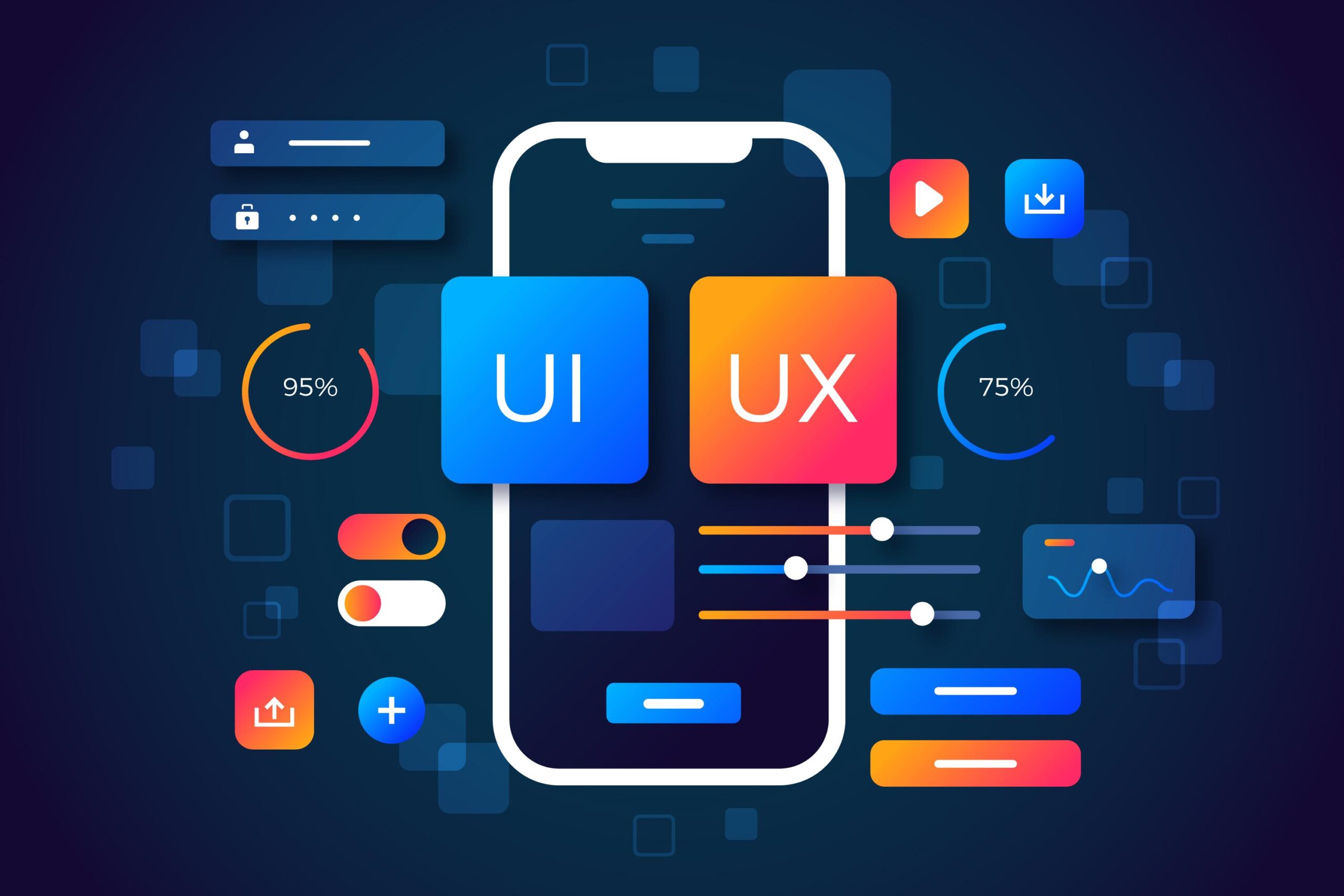
Mastering Figma – A Designer’s Best Friend for Modern UI/UX
Designers, developers, and product managers are expected to work hand in hand to deliver seamless user experiences. Among the tools that have transformed this workflow, Figma stands tall as one of the most powerful and widely adopted platforms for modern UI/UX design.
1. What is Figma?
Figma is a cloud-based design and prototyping tool that allows teams to design, collaborate, and share in real time. Unlike traditional software that requires installation and heavy processing power, Figma runs directly in your web browser, making it accessible from anywhere without compatibility issues. It also has desktop and mobile apps for those who prefer dedicated tools.
2. Why Figma Stands Out
There are plenty of design tools—Adobe XD, Sketch, InVision—but Figma has gained traction because of its real-time collaboration. Think of it like Google Docs for design. Multiple users can work on the same file simultaneously, leaving comments, making edits, and viewing progress without sending endless versions back and forth.
Key strengths include:
Cross-platform support (Windows, Mac, Linux, Web, Mobile)
Version control without manual saving
Cloud storage with easy sharing links
Plugins and widgets to automate design tasks
Free plan availability for individuals and small teams
3. Core Features of Figma
Designing Interfaces – Create wireframes, UI components, icons, and full product mockups.
Prototyping – Connect screens with interactions to simulate user journeys.
Components & Variants – Reusable UI elements like buttons, cards, and menus.
Collaboration – Comment, suggest, and co-edit in real time.
Plugins – Add-ons for icons, stock photos, accessibility checks, charts, and more.
Figma Community – Free resources shared by designers worldwide (templates, UI kits).
4. Benefits for Designers & Businesses
Speed & Efficiency – Teams save time by cutting out unnecessary file transfers.
Accessibility – Work anywhere, even on low-powered devices, since it runs in the browser.
Cost-effective – Offers free and affordable premium plans compared to competitors.
Team Collaboration – Perfect for remote work culture, allowing seamless interaction.
Consistency – With design systems, brand identity remains uniform across projects.
5. Figma vs. Traditional Tools
Unlike Sketch, which is limited to Mac, or Adobe XD, which requires specific installations, Figma is platform-independent. This universality has helped it become the preferred tool for startups, enterprises, and freelance designers.
Figma also automatically saves work in the cloud, reducing the risk of file loss or corruption—a common issue with offline tools.
6. Use Cases of Figma
Product Design – From concept sketches to polished UI prototypes.
Web Design – Responsive layouts for desktops, tablets, and mobiles.
Mobile Apps – Interactive prototypes for iOS and Android.
Marketing Assets – Banners, posters, and social media creatives.
Collaborative Brainstorming – With FigJam, teams can ideate using sticky notes, flowcharts, and diagrams.
7. The Future of Figma
With Adobe’s recent acquisition of Figma (announced in 2022), the future promises even greater integrations and enhancements. While some designers fear that Figma’s independence might be diluted, many expect a stronger ecosystem combining Adobe’s creative power with Figma’s collaborative nature.
As more businesses embrace remote-first work, tools like Figma will remain at the heart of design innovation. Its ability to bridge gaps between designers, developers, and stakeholders makes it indispensable for digital product creation.
8. Conclusion
Figma has redefined how modern design teams operate. By combining accessibility, collaboration, and robust features, it enables designers to focus less on logistics and more on creativity. Whether you’re an aspiring UI/UX designer or a business aiming to build scalable digital products, learning and adopting Figma is a strategic investment in the future of design.


